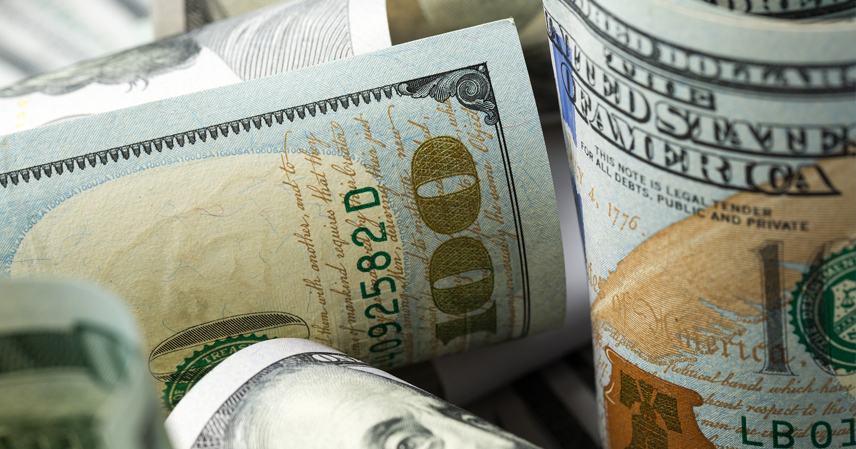A Risky Move: The Cost of Dumping $730.7 Billion in U.S. Debt
If China were to sell all $730.7 billion in U.S. Treasuries overnight, the shockwaves would be immediate and devastating—not for Washington, but for China’s own export economy. The dollars gained would rapidly depreciate, and Chinese exporters would find themselves without new orders the very next day.
As of July 2025, China’s holdings of U.S. government debt fell to $730.7 billion, the lowest level since 2009, according to U.S. Treasury data. This decline reflects a gradual adjustment in foreign reserve management, not a sudden political maneuver. Since dropping below $1 trillion in April 2022, China has trimmed another $53.7 billion in just four months.
While the move aims to diversify risk and enhance asset security, China’s share of America’s total $36.3 trillion debt remains around 4%. A sudden liquidation could roil markets, but the Federal Reserve’s $4.2 trillion Treasury portfolio gives it ample capacity to stabilize the situation through open-market operations. The U.S. economy’s size and resilience make it virtually impossible for any single country to shake its foundations.
Immediate Fallout: Massive Losses and Currency Pressure
Selling all U.S. Treasuries at once would cause bond prices to plummet, forcing China to sell at a steep discount. Losses could reach hundreds of billions of dollars—money originally earned by Chinese exporters selling phones, appliances, and machinery worldwide.
Even worse, the cash returned from the sale would rapidly lose value. With few reliable investment channels and annual interest losses in the tens of billions, such a move would erode China’s reserves. As global trade remains dominated by the U.S. dollar, parking massive amounts of idle cash would increase inflationary risks and weaken Beijing’s monetary policy flexibility.
Meanwhile, the exchange rate would become highly volatile. A flood of dollars could push the yuan-dollar rate from 7:1 to 6.5:1 or lower, with daily fluctuations of 3%–5%. Exporters who price contracts in dollars would face sudden losses—profits today could turn into 15–20% deficits tomorrow once payments are converted back to yuan.
Small and medium-sized enterprises, already struggling with thin margins, would face bankruptcy or be forced to raise prices, driving buyers toward lower-cost suppliers like Vietnam and India. By September 2025, China’s exports to the U.S. had already fallen 30% year-on-year, worsened by tariff barriers and inventory pileups.
Wider Impact: Trade Interdependence and Global Repercussions
The shock would ripple across the entire industrial chain—from semiconductor suppliers to logistics firms. Dumping Treasuries would send a political signal akin to declaring economic decoupling, forcing other nations to choose sides.
Given America’s dominance in finance and technology, most neutral economies would align with Washington. For China, such isolation could slow long-term development and undermine its global integration efforts. History shows that weaponizing finance often inflicts mutual damage, with limited strategic gain.
China’s Alternative: Gradual Diversification and Strategic Hedging
Beijing’s policymakers have chosen a measured approach instead. By gradually trimming U.S. debt holdings while expanding alternative assets, China seeks to balance stability and security.
By June 2025, China’s total foreign reserves rose to $3.317 trillion, marking six consecutive months of growth. The People’s Bank of China (PBOC) has increased gold reserves for 11 straight months, reaching 74.06 million ounces (2,303 tons) by September—7.7% of total reserves. Gold now serves as a value anchor and a tool to promote yuan internationalization.
The Shanghai crude oil futures market captured 28% of global market share, while Saudi Aramco settled 42% of its exports in yuan. The digital yuan has extended coverage to 128 countries, strengthening the infrastructure for non-dollar trade settlements.
Why Gradual Adjustment Works
This cautious strategy preserves asset value and gives exporters time to adapt to exchange-rate adjustments. Many firms now include yuan settlement clauses in their contracts, reducing dollar dependency. Despite a 14.4% decline in exports to the U.S. during 2025, China’s overall trade volume remained resilient.
At the same time, consistent gold accumulation signals confidence in the yuan, attracting more global partners to adopt it in trade. Compared with radical liquidation, this steady and pragmatic approach avoids short-term shocks while enhancing long-term financial resilience.
Global reserve diversification is accelerating: both the euro and yuan are projected to expand their shares within the next five years, paving the way for a more multipolar currency system.
The Bigger Picture: Testing Limits Without Breaking Them
Behind China’s Treasury reduction lies a strategic calibration, not confrontation. The U.S. public debt has surpassed $36 trillion, with foreign investors holding about $9.16 trillion. Even as China reduced its holdings by $25.7 billion in July 2025, foreign ownership still hit record highs, underscoring global confidence in U.S. assets.
For China, gradual adjustment offers a dual advantage: it tests market limits without triggering panic, and it accelerates the creation of an independent financial ecosystem anchored by gold and a stronger yuan.
The steady rise in reserves, balanced portfolio composition, and controlled exposure to U.S. debt illustrate strategic patience—a hallmark of mature economic policy. This isn’t retreat; it’s a deliberate transformation toward greater autonomy in a volatile financial world.
References:
- U.S. Department of the Treasury, TIC Data, July 2025
- People’s Bank of China, Gold Reserve Report (September 2025)
- China Ministry of Commerce, Rare Earth Export Policy (October 2025)



